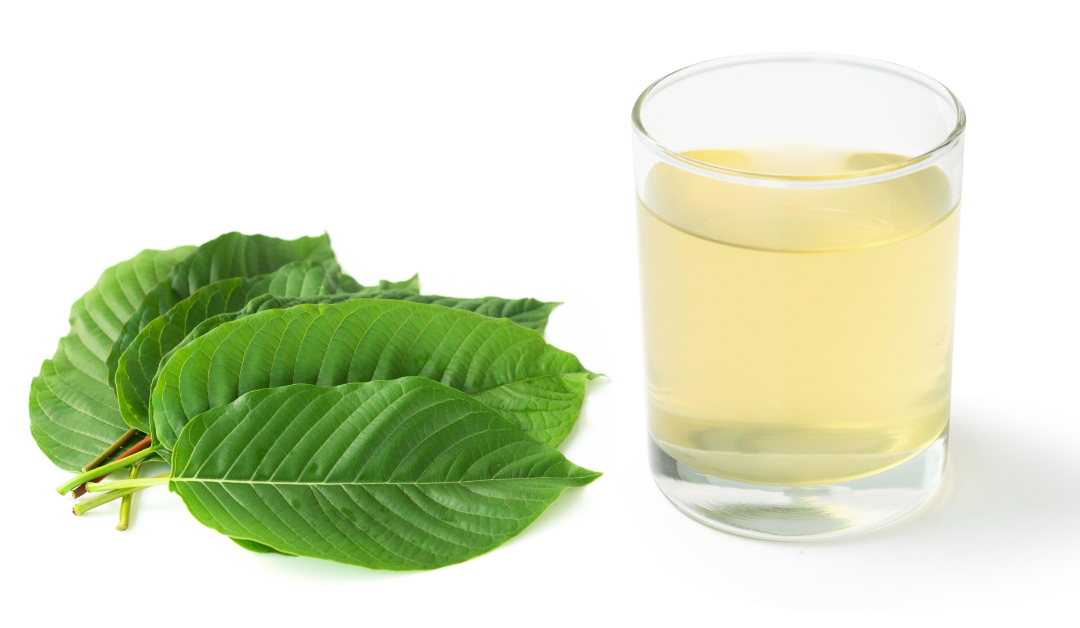Kratom’s side effects are many. Almost everyone that takes this product has a different experience with it.
If you follow health updates or shop at vitamin shops, you’ve probably heard of kratom, a supplement marketed as an antidote, mood enhancer, energy booster, and pain reliever, opioid withdrawal.
The findings concerning kratom effects are more complex, and the risk factors associated with its use are of concern.
Kratom herbal substance is from Southeast Asia. It is derived from the evergreen tree’s leaves (Mitragyna speciosa).
The Kratom leaves can be consumed or brewed, and dry kratom can also be consumed or fermented.
Kratom can be made into a drink by combining it with water. Muscle pain relief, hunger suppression, cramp relief, and diarrhea relief are all promoted as advantages of the liquid form.
Kratom As An Anti-Anxiety
Kratom is also sold as an anti-anxiety. As a result of the stimulant, users feel highly invigorated.
It is said to reduce pain at high doses and may even cause pleasure. It acts as a sedative at very high doses, causing users to become quiet and possibly sleepy.
Kratom side effects are considered an opiate substitute by some Asian traditional medicine practitioners.
Kratom’s effects are thought to be due to its interaction with opioid receptors. A few individuals use kratom to avert the signs of opioid withdrawal since it is less expensive than prescribed medications.
Kratom is also commonly consumed at festivals as well as other sporting activities. Because it’s made from plants, individuals who use kratom for relaxing think it’s 100 % natural.
The quantity of active components in the kratom plant, on the other hand, fluctuates greatly, making it difficult to predict how a certain amount would impact you.
Based on the plant’s constituents and the person’s health, consuming kratom can be exceedingly dangerous. Because there isn’t enough evidence, statements about kratom’s benefits can’t be rated.
Kratoms Side Effects and Safety Concerns
Although kratom users think it has importance, scholars have studied it and claim that kratom’s side effects, health risks, and safety concerns outweigh any benefits.
Between 2011 and 2017, over 1,800 reports of kratom use, including deaths, were received by poison control centers in the United States. 50-percent of these exposures caused severe side effects like hypertension and seizures.
Five of the seven babies who’d been given kratom showed signs of addiction. Oral administration of kratom has been deemed potentially hazardous.
Some of the known side effects of kratom are as follows:
- Nausea, headaches, and vomiting
- Dry mouth
- Pain in the muscles
- Weight loss
- Constipation and a difference in urine.
- Liver infection
Kratom has an impact on the mind and neurological system as well, and causes the following Kratom side effects:
- Hallucinations, Delusions
- Drowsiness
- Dizziness
- Delusory states and Depression
- Suppression of breathing
- Convulsions, coma, and death
Kratom effects begin to work within five to ten minutes, and the impacts last for two to five hours.
As the amount of kratom consumed increases, the impacts get stronger. Kratom seems to be stronger than morphine in animals. The substance was passed down to an infant who a kratom user’s daughter had nursed.
When pain relievers are used in excessive doses or for an extended time, they can cause a variety of problems. It is uncertain what amount of kratom is hazardous in people, although it can be overdosed, just like medicines and recreational substances.
There Is Little Hope in Research
A few academics believe that kratom could be a viable alternative to opioids as well as other drugs. However, research on the side effects of kratom has revealed a plethora of potential dangers as well as no obvious benefits.
When used with prescription medications, kratom is linked to aberrant brain function. One may lose your ability to converse, experience strong headaches or get confused if this happens.
In a trial looking into kratom as a therapy for opioid withdrawal symptoms, individuals who received it for over six months experienced withdrawal symptoms similar to those experienced after opioid use. Individuals who use kratom may become addicted to it and require opioid addiction treatments like buprenorphine (Buprenex) and naloxone (Narcan).
Kratom Side Effects And New-Borns
Kratom’s side effects are said to be harmful to the development of newborns. If kratom is consumed during pregnancy, the baby may experience withdrawal effects that must be treated. Furthermore, salmonella germs may be present in kratom-derived products.
In 38 states, more than 130 people had contracted Salmonella as kratom effects as of April 2018.
Salmonella poisoning can be fatal, and the US Food and Drug Administration has linked Salmonella-contaminated kratom to at least 35 deaths.
Because salmonella contamination has no visible symptoms, avoiding products that may contain it is the best way to avoid becoming ill.
Kratom is currently unregulated in the United States, and federal agencies are taking steps to combat false kratom claims. Working with your doctor to find other treatment options in the meantime is the most secure approach.
Why Is It Controversial?
Because kratom hasn’t been thoroughly researched, it isn’t officially advised for medical usage.
Clinical trials are critical in the discovery of novel medications. Studies aid in the identification of consistently adverse effects and drug interactions. These studies also aid in the identification of dosages that are both beneficial and safe.
Side effects of Kratom have a significant impact on the body. Kratom has about the same number of alkaloids as opium and hallucinogenic mushrooms.
Humans are affected by alkaloids in a big way. While some of these consequences can be beneficial, others can be harmful. This is all the more motivation for deeper research into this medicine. There are high risks of negative side effects of kratom, and safety has yet to be proved.
According to the findings of one animal study, the main psychoactive alkaloid, mitragynine in kratom, may have addictive qualities. Hallucinations, sweating, Nausea, Inability to sleep, and tremors are common adverse effects of addiction.
Furthermore, kratom production is unregulated. Herbal safety and purity are not regulated by the FDA. There are no recognized guidelines for safely generating this medicine.
Visit South East Botanicals today and learn more about Kratom’s side effects.



